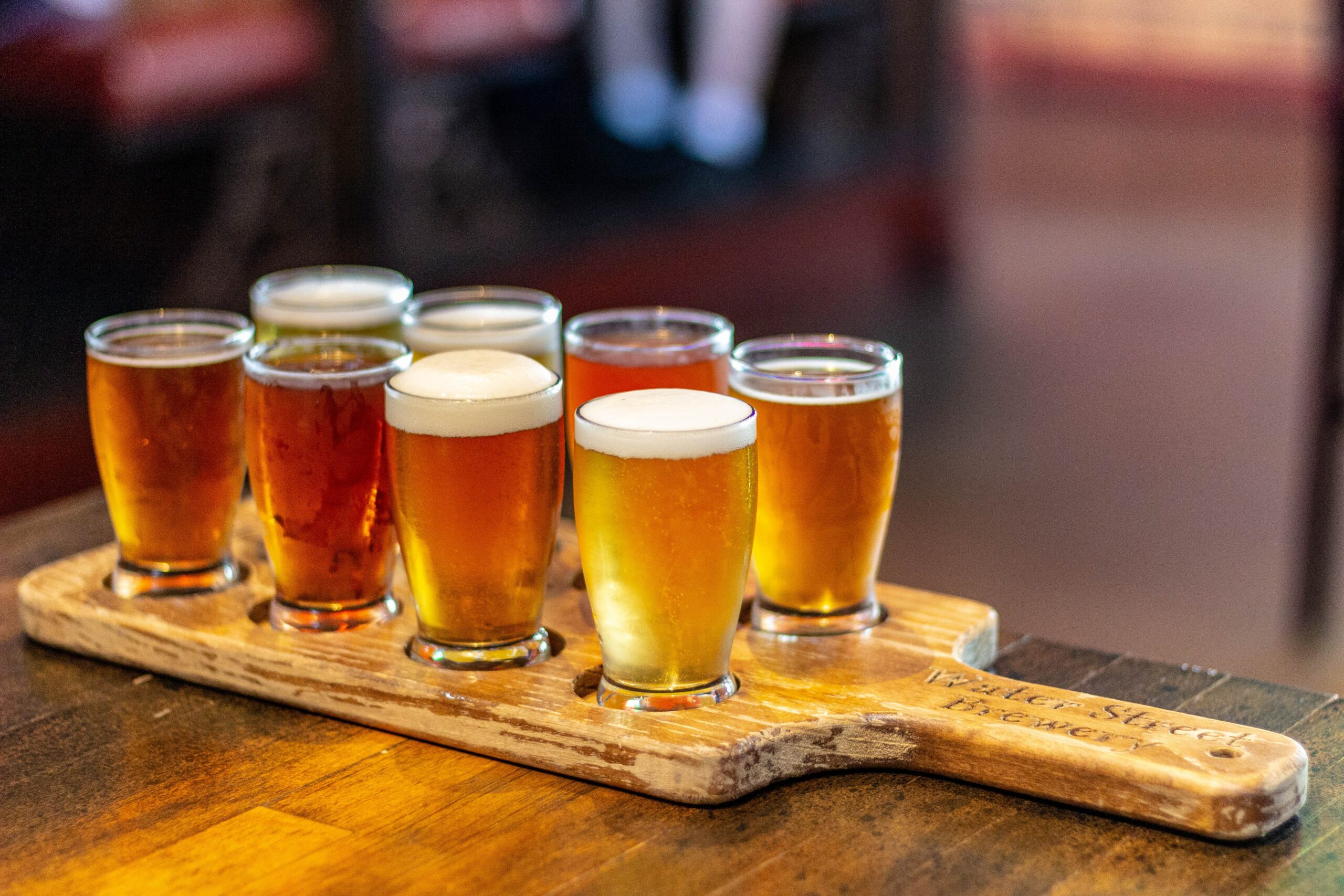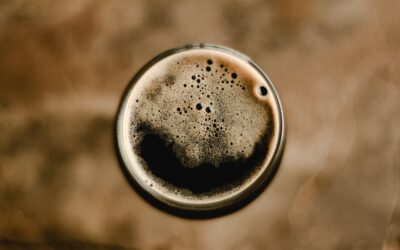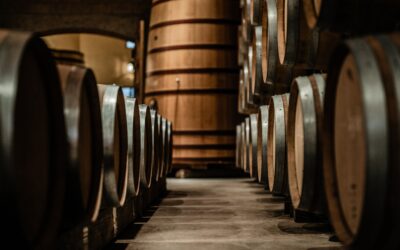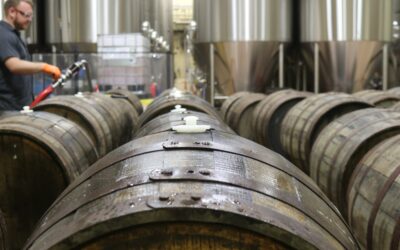Certain types of beer are so different from the mainstream, and well known, that they deserve consideration in their own right, rather than simply as a type of ale or lager. They might even be both – though they can be neither.
The point at which a cluster of beer styles is well enough established to be included in this group has to be arbitrary. How long is it before a fad becomes a trend, or that trend becomes a regular thing? And when does it begin to stand out so much from the crowd that it should be seen as existing in its own right?
The beer styles we have listed here have been around long enough to be considered a part of the furniture, yet differ enough from beers in other groups to deserve being considered on their own merits.
Stouts and porters
Porter was brewing’s first rock star beer style. First emerging in London in the early 1720s, the popularity of this dark brown, roasted ale transformed the nature of commercial brewing from a trade into an industry. By 1800 it had spawned many forms and was being exported around the globe.
Wheat beers
What distinguishes the wheat beers is that they are white, or rather they are termed ‘white’, even when they are dark brown. It is to do with the light, milky haze of suspended flour that forms in the body of the beer when a high proportion of wheat is used in the mash.
Lambics
Classified correctly, lambics can be seen as beer’s ‘third way’. While lagers are fermented by one type of cultured yeast and ales by another, lambics utilise naturally occurring yeast, gathered from the night sky.
Beers from other grains
Just as wheat brings different qualities to a beer from barley, so it is with oats, rye and other cereals, each of which will bring its own character to a beer, or beer style.
Mixed fermenting beers
New generations of beer lovers have acquired an appreciation of hops and have gone on to gain knowledge of the power of grain. Now has come the turn of yeast to take the stage, with its surprising range of effects on flavour and character.
Other sour, wild & fruit beers
The current popularity of ‘sour’ and ‘wild’ beers, many containing fruit flavourings, is in part a rebellion against standardisation. While currently popular, whether these eventually put down roots will depend on whether control of rogue acids like acetic (i.e. vinegar), butyric (rancid butter), capryllic / octanoic (stale goats’ cheese) and isovaleric (parmesan) improves, all of these flavours being poorly tolerated in beer.











